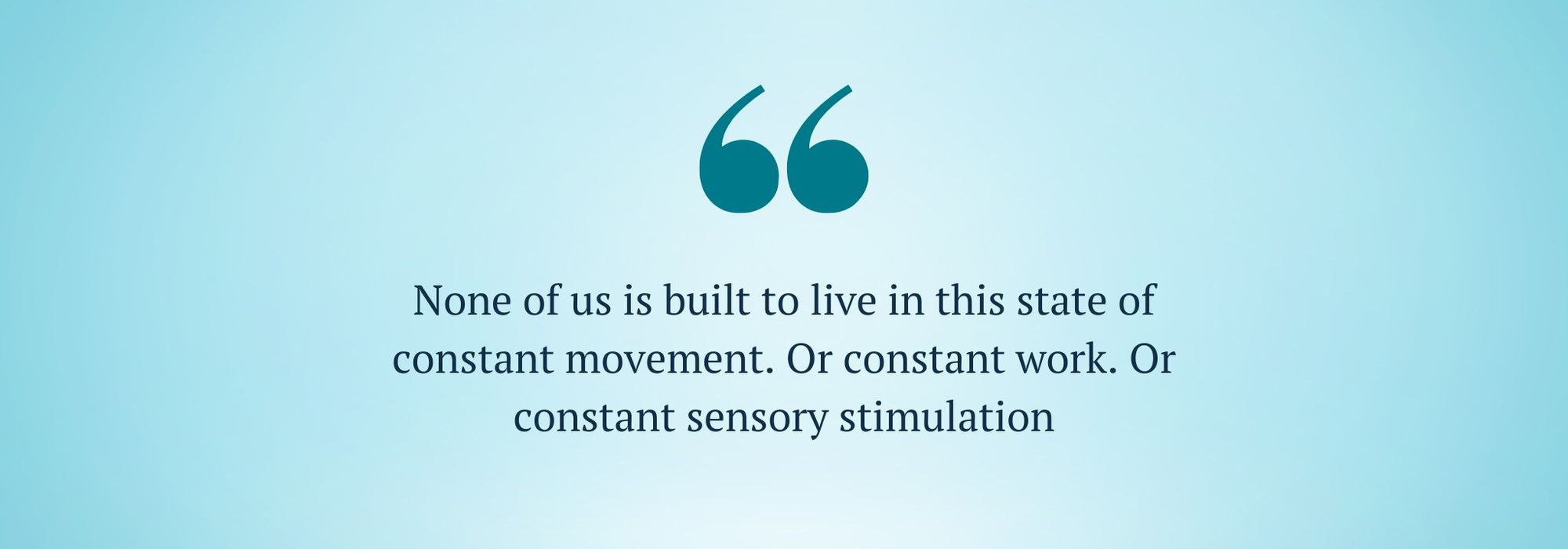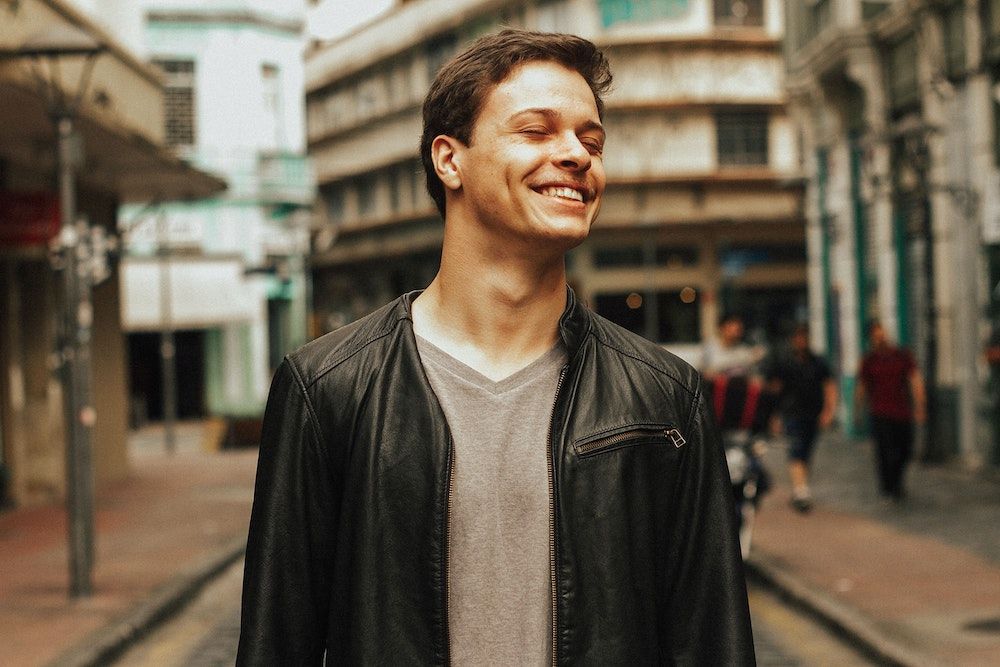Even in this frantic world, constant maximum effort may not be the best, or only way, to reach your goals
This world of ours is so fast paced, it is easy to feel like we are constantly balancing a hundred things at once.
With technology, computers, and phones which are rarely more than an arm’s length away, we have 24/7 access to an endless feed of videos, photos, friends, news, sports, games, and entertainment.
While, at the same time, one of the defining aspects of our modern world is the idea of ‘hustle culture’, which tells us that in order to achieve anything in life, we should be working harder, longer, and faster.
But, in the long run, is this kind of thing really sustainable?
Sure, we might be able to manage our stress for a while – convincing ourselves that work is bearable, and we’re doing just fine! But, inevitably, we become more and more exhausted – both mentally and physically – because, frankly, none of us is built to live in this state of constant movement. Or constant work. Or constant sensory stimulation.
It’s like struggling to stay afloat in a river where the water is always rising, or like trying to swim upstream, against the tide, without really knowing where we are supposed to be heading.Eventually, it is only natural that we will start feeling a little overwhelmed by it all.
So, in order for us to find greater calmness in our life, we need a way of being able to navigate work and other responsibilities differently. Perhaps through serenity, rather than sheer effort.
This is where a lot of philosophical schools tend to mention some kind of middle path, where we essentially seek to find balance in our life, so that we can remain relatively consistent in our actions, no matter if times are easy or difficult.

But, to go a step further, there is another really beautiful little concept from the ancient Chinese belief system of Daoism, which I think can be really useful in helping us to navigate life in a more peaceful way. An idea called ‘wu wei’ – which roughly translates as ‘actionless action’.
Now, immediately, I know this term may seem like a total contradiction. Almost as if we were to try to make sense of a phrase like ‘bad goodness’ or ‘hard softness’.
Yet, at its heart, the idea of actionless action is simply about easing up on ourselves a little bit. And learning to be proactive in the direction of our goals, without the additional pressure or stresses that can result from pushing ourselves too hard. In that sense, perhaps it can be considered history’s oldest conception of ‘go with the flow’.
But, rest assured, this isn’t to be misunderstood as an encouragement towards passivity, or letting life happen to you. Having goals and working towards their achievement is one of the cornerstones of a meaningful life. It’s just that the manner in which we work on these things is what really matters here.
Too much action inevitably leads us to physical or emotional burnout. And too little action will leave us lazy, unmotivated, or feeling helpless. But actionless action is our way of actively following the path of least resistance. Like dancing to life’s rhythm – as opposed to trying to force the rhythm of life to always play to your dance!

And this is where the river metaphor we touched on seems so fitting. Because it helps us to see just how much we can and cannot control in this world.
Of course, there will always be times in life when we have to ‘fight the tide’, or spend a little while ‘treading water’ until particular stresses pass, or certain circumstances become a bit more favourable. But through it all, we should remember that we all have our own unique talents, passions, and ways of seeing the world. So surely, it makes sense for us to follow this inner wisdom – as best as we can – rather than struggling along a path that may not fully suit us.
This is perhaps where actionless action can start to sound similar to the idea of having faith, or trusting in fate. But, in truth, this idea is not solely dependent on a spiritual outlook; and we can also just as easily frame this as being a realist – with the understanding that our greatest successes will become easier only when they are pursued from a place of personal authenticity first.
We all experience times in life when we are working so tirelessly at something which seems to yield no results. But, I’m sure most of us have experienced moments where things were the exact opposite of this, too. Where we spend some time working on a passion – and the whole thing just feels completely natural – and the time just flies, and we accomplish something more than we even hoped for before, in a way that seemed almost effortless from start to finish!
This, in essence, is the perfect example of actionless action.
And, it is very much in line with what modern psychology might describe as a ‘flow’ state, something which many artists, sportspeople, or creatives, describe as feeling completely immersed in work, to the point that all movements feel completely natural, and all other thoughts or doubts just seem to fade away.
That’s why actionless action is such a wonderful idea to keep in mind, both for work and our personal life, too. It teaches us that constant, maximum effort is not always the most effective way of pursuing our ambitions. And that all work can be completed in a state of calm, rather than stress.
And, on an individual level, it is a reminder that there is no need for us to constantly ‘act’ or ‘force’ or ‘work to become something’. Rather, we are here as ourselves already. So, perhaps our only job is simply to be just that!


Comments